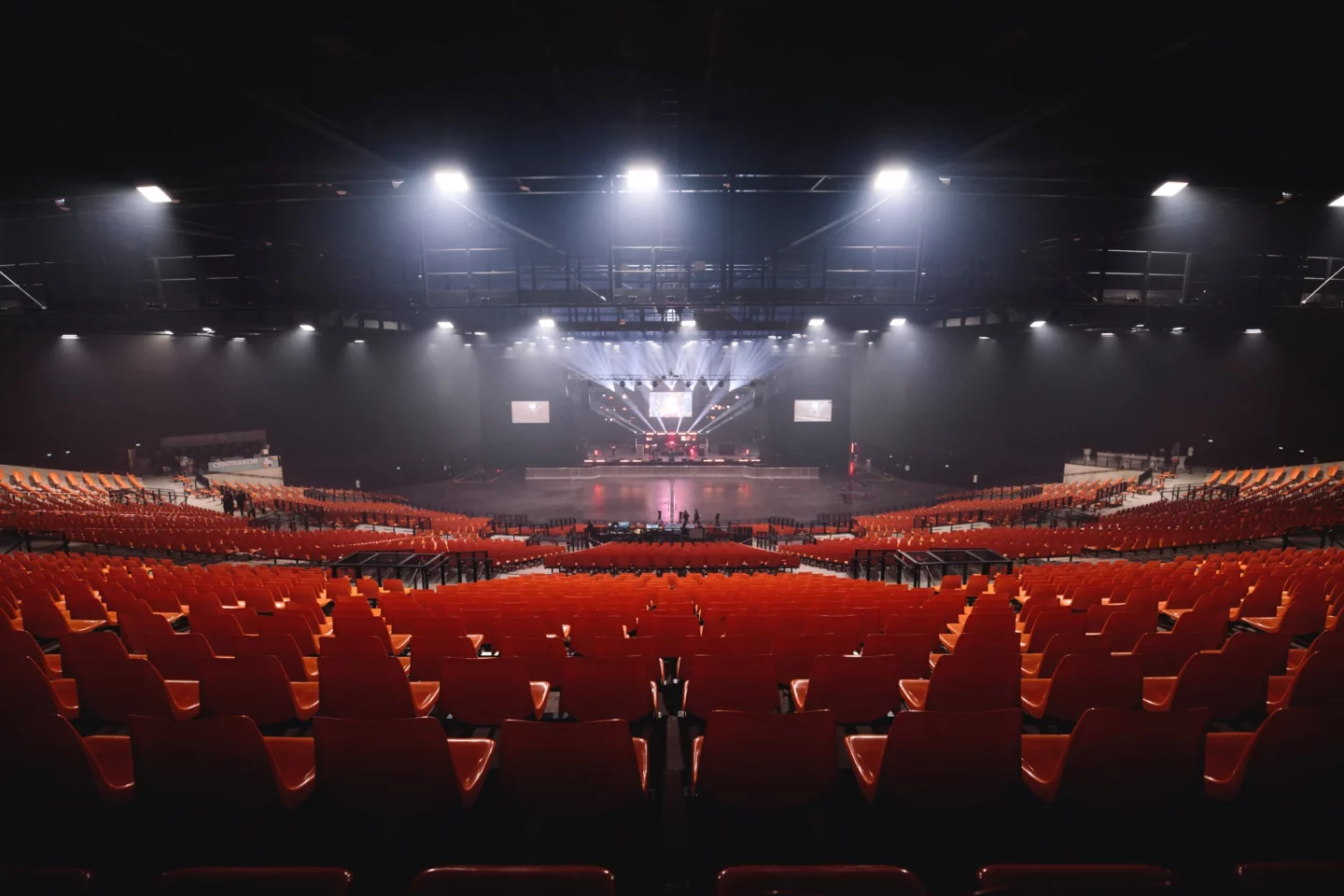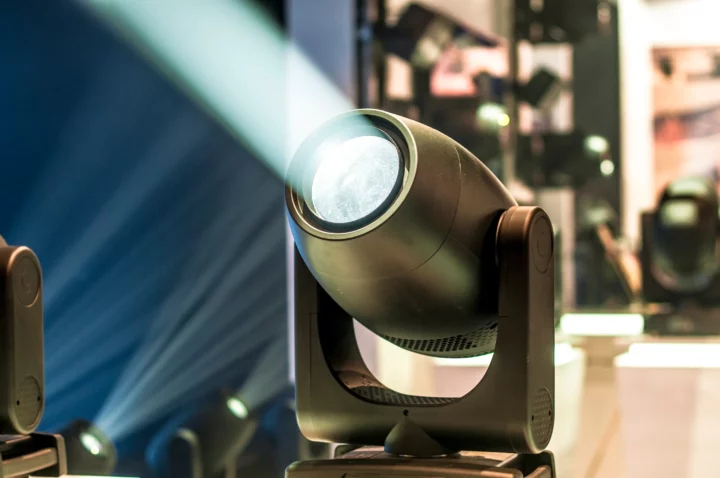Lighting is a crucial element in theatre that helps to set the mood, focus the audience’s attention, and convey the emotions of the performers. In this article, we will explore the different types of lighting that are commonly used in theatre which serves a specific purpose to create the desired atmosphere and enhance the overall performance.
Spotlights
These are focused beams of light that are used to highlight specific areas or actors on stage. Spotlights are often used to draw attention to a particular character or moment in a production.
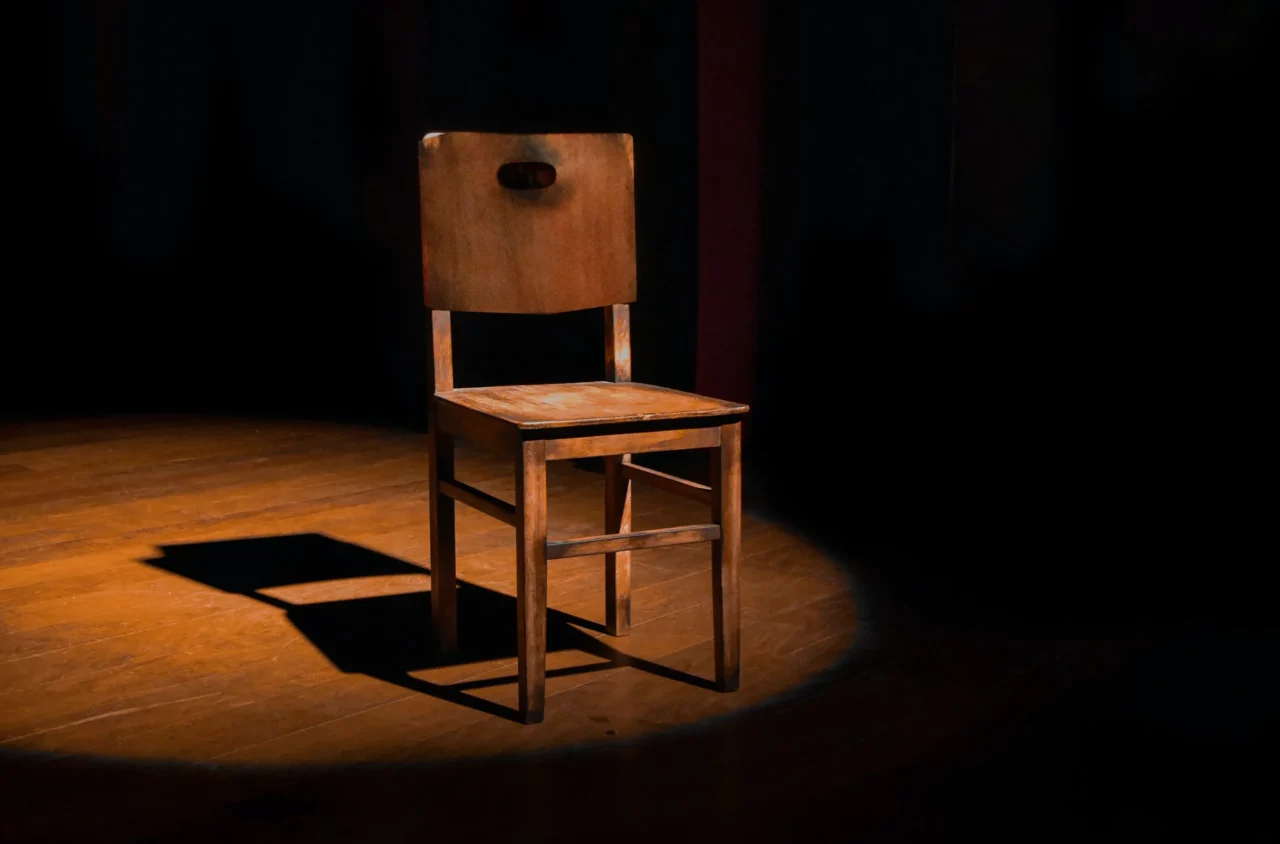
Fresnel
The Fresnel is a soft-edged spotlight that offers more control over the angle of the beam than a flood light. A Fresnel light’s beam is adjustable because you are able to move the lamp or LED source and the reflector closer or further away, by using a screw mechanism or a slide.
In addition, you can shape a Fresnel’s beam by using a rotatable ‘barndoor’ that is attached to the front of the lantern. In most productions, a Fresnel is used at medium throw distances (the distance from lens to stage) as a top or back light. However, for smaller venues, you could consider using a Fresnel as a front light.

Profile
A profile consists of a lens, lamp or LED light source, reflector, plus a shutter and gate, which provide very close control over the light’s beam. It is possible to adjust the edge quality of a profile light from very soft to very hard by adjusting the lens.
Profile lights also have the ability to project any shape that is placed in the lantern’s gate, between the lamp and the lens. These shapes are either formed by the shutters or a ‘gobo’ – which is a glass pattern or metal cut-out that is used to project shapes, or to split the light’s beam into a particular pattern.
Standard profile lights have a fixed beam angle, which is shaped using the shutters. Conversely, variable profile lights use two lenses to provide a wider range of beam angles and edge qualities to the light.
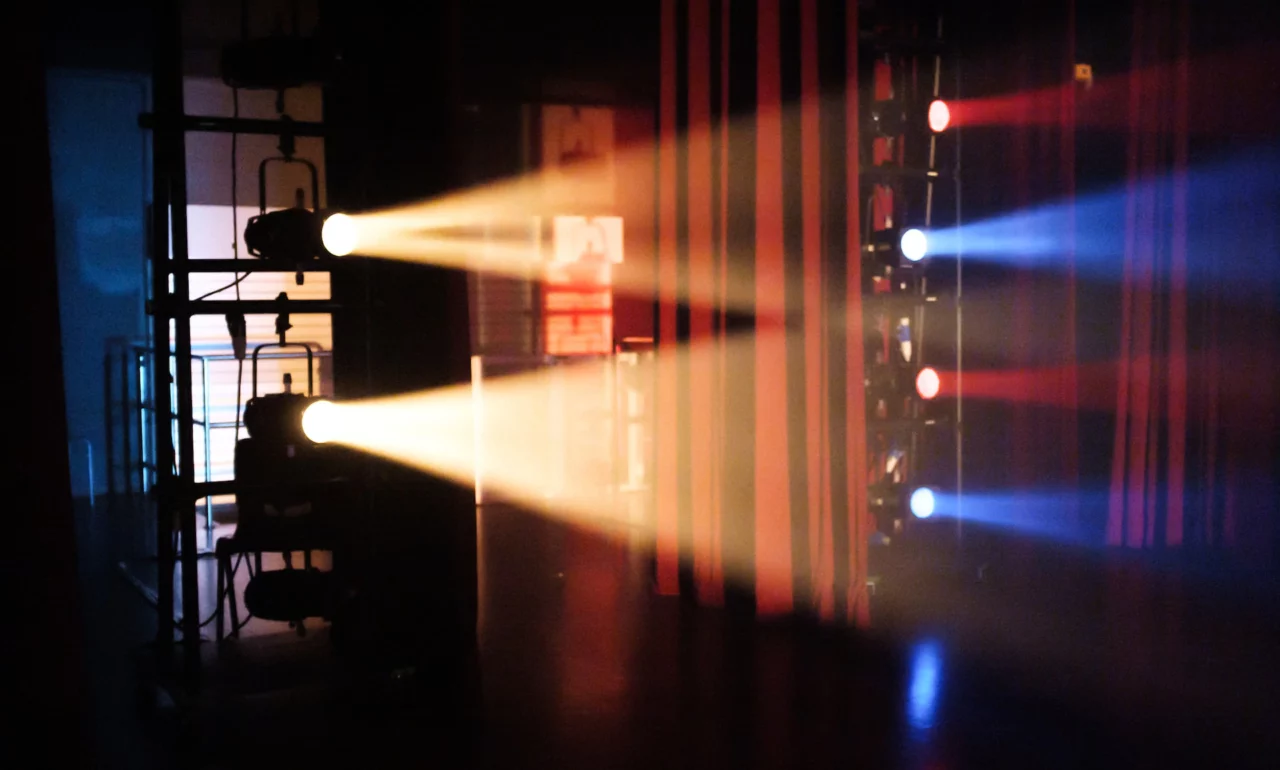
Parcan
A Parcan light is a sealed beam unit that consists of a lamp (or LED source), reflector and lens. Often referred to as PAR (Parabolic Aluminised Reflector) lights, a Parcan lantern produces a very intense light quality. Therefore, they are particularly suited to producing deep colours or special lighting effects.
PAR lamps are available in a range of beam angles, which are created via different levels of diffusion on the front lens. A PAR light creates an elliptical shaped beam, which you can adjust by simply rotating the lamp.
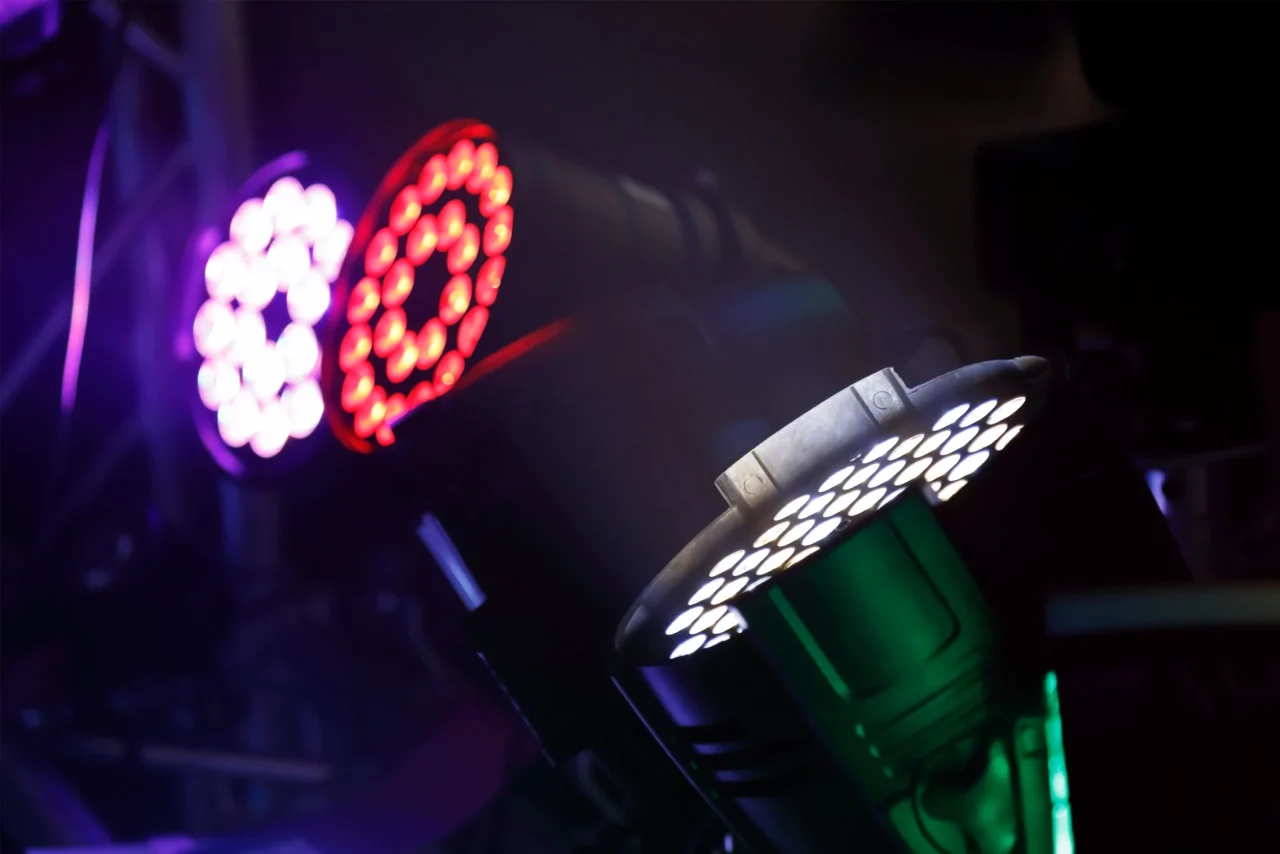
Floodlights
Floodlights are wider beams of light that are used to illuminate a larger area of the stage. They are often used to provide general lighting for the entire stage or to create a wash of light over a specific area.
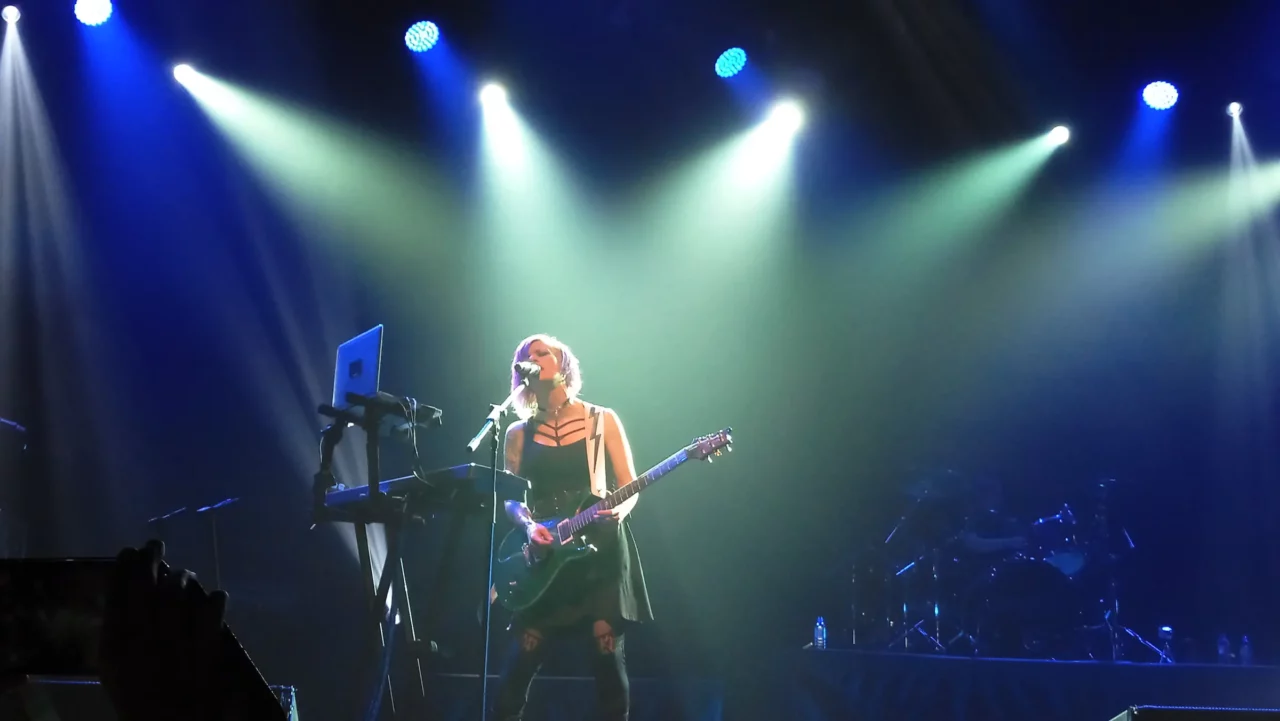
Backlights
Backlights are lights that are placed behind an actor or object on stage. They are used to create a rim of light around the subject and help to separate them from the background.
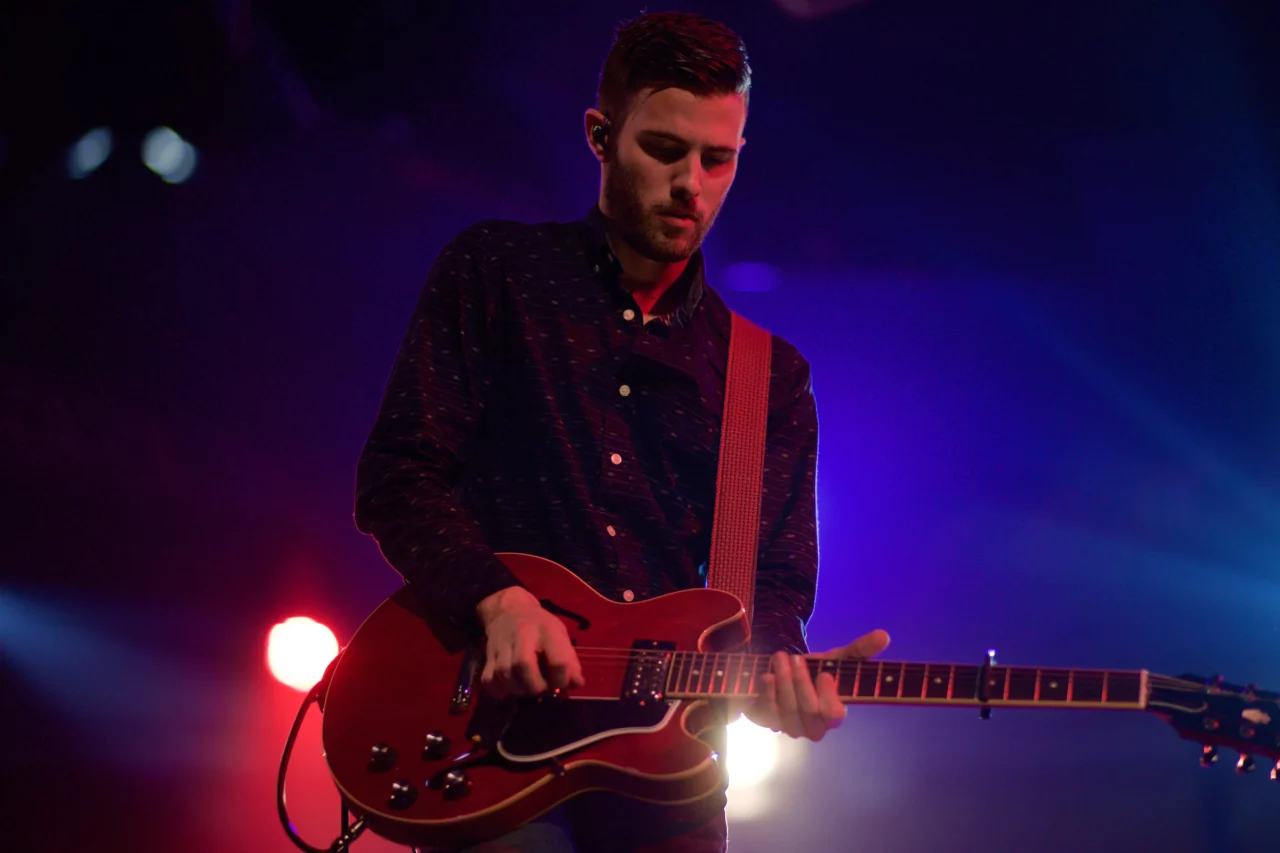
Footlights
Footlights are a row of lights that are placed at the front of the stage. They are used to provide general lighting for the actors’ faces and help to create a sense of depth on stage.
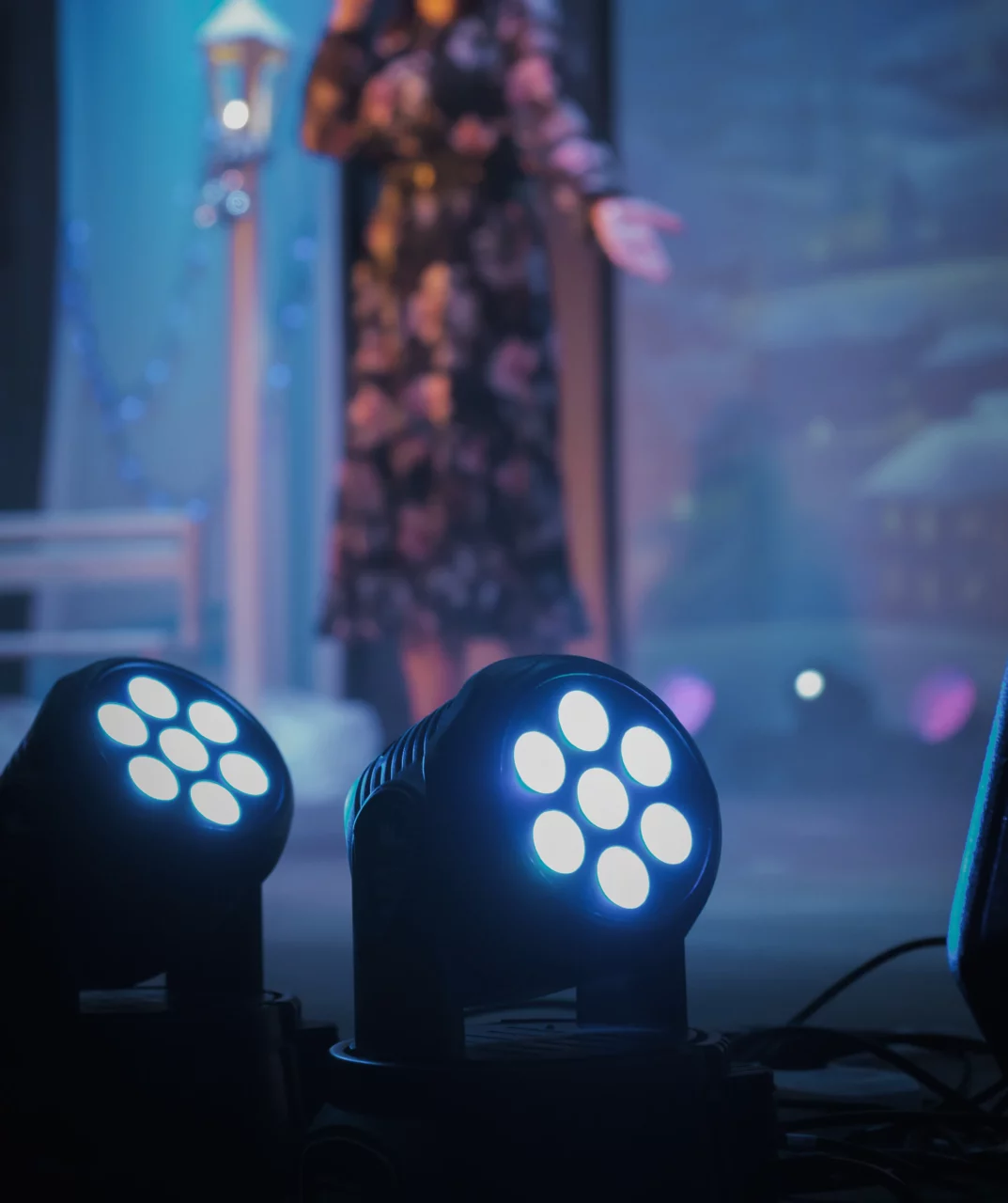
Followspots
Followspots are powerful spotlights that are manually operated by a technician. They are used to follow an actor around the stage and keep them lit while they are moving.
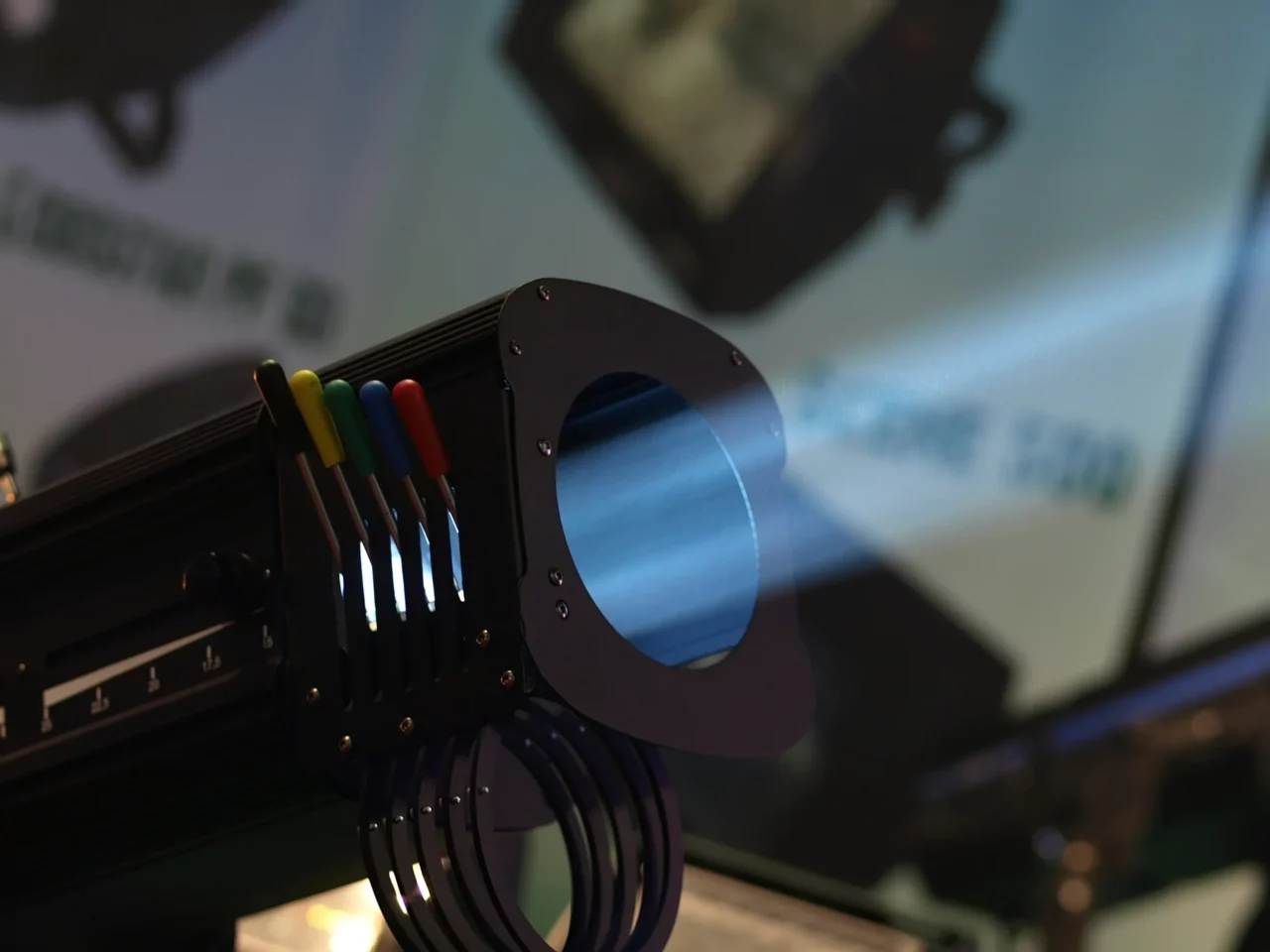
Moving Lights
Moving lights, also know as moving head lights or intelligent lighting, refers to stage lighting equipment that has automated abilities that go above and beyond traditional lights. These types of lights can produce the most complex and extraordinary effects.
Moving lights are usually controlled via lighting control consoles. Currently, the most common output control signal used for directing moving lights via a console is DMX (Digital Multiplex). Potentially, moving lights have a huge range of variables that are controllable via a console – including colour, pan and tilt, gobo, prism, animation and framing shutters.
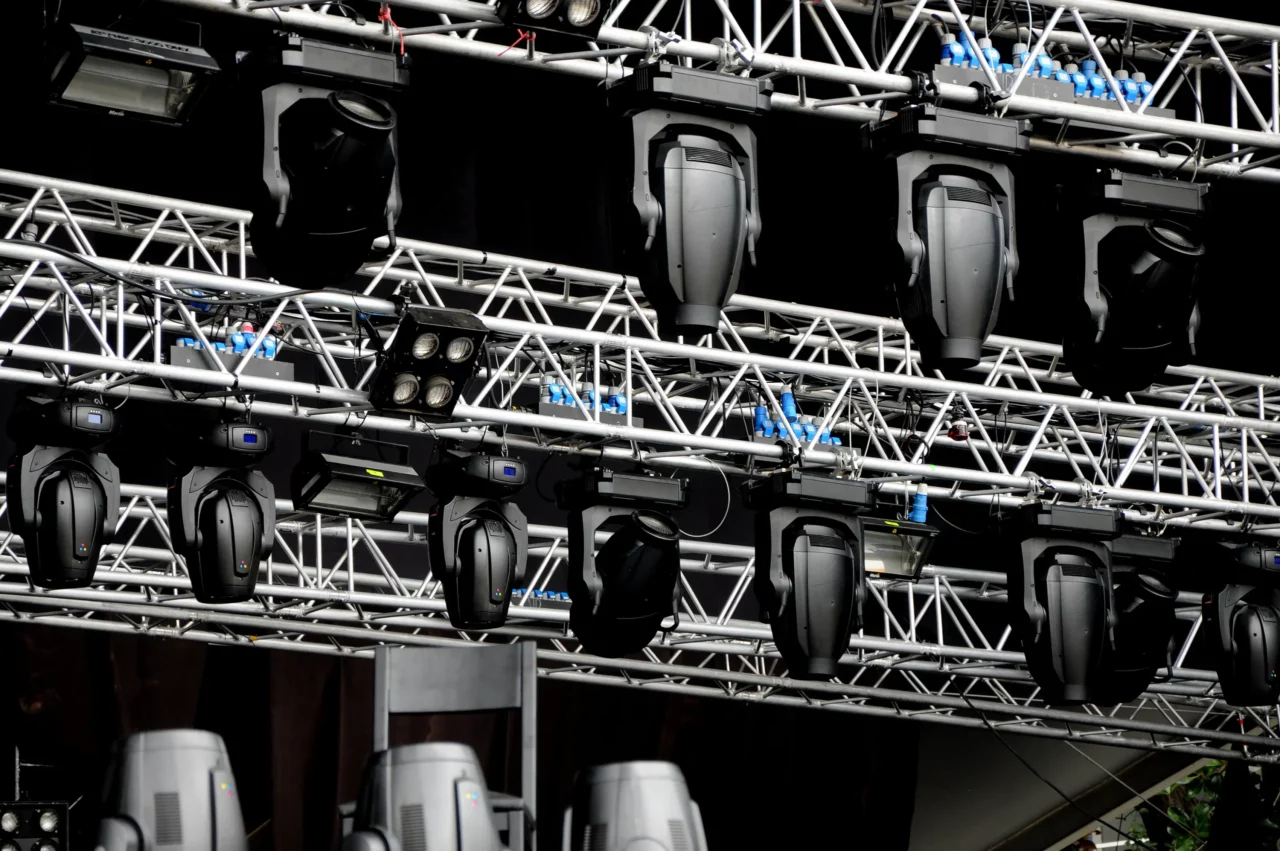
Special effects lighting
Special effects lighting includes a variety of different lights that are used to create specific visual effects. This can include strobe lights, colored lights, and gobos (patterned filters that create specific shapes or designs with light).
Ambient lighting
Ambient lighting is a type of general lighting that is used to provide overall illumination for the stage. It is often used to create a sense of atmosphere or to help set the mood for a scene.
In conclusion, lighting is an essential element of theatre, and there are many different types of lighting that are used to create the desired mood and atmosphere of a production. Each type of lighting serves a specific purpose and is used in different ways to enhance the overall experience of a performance.
